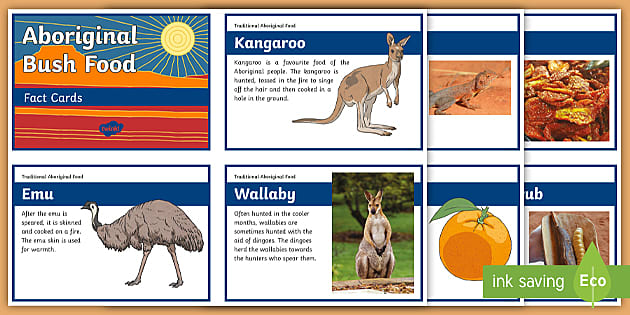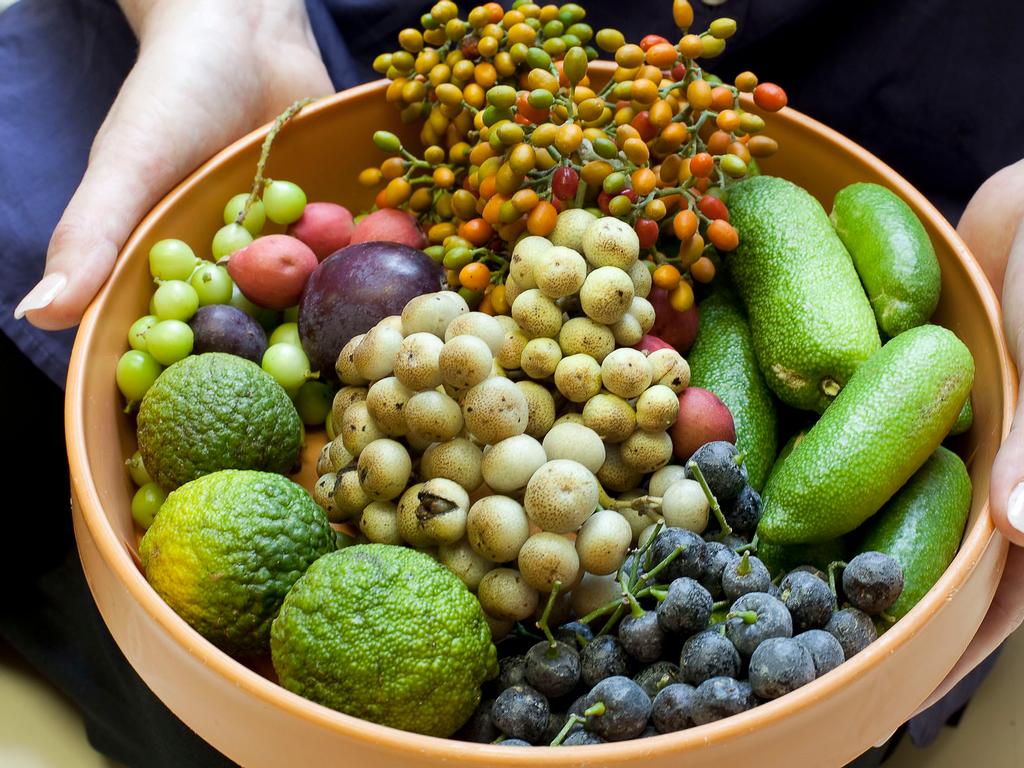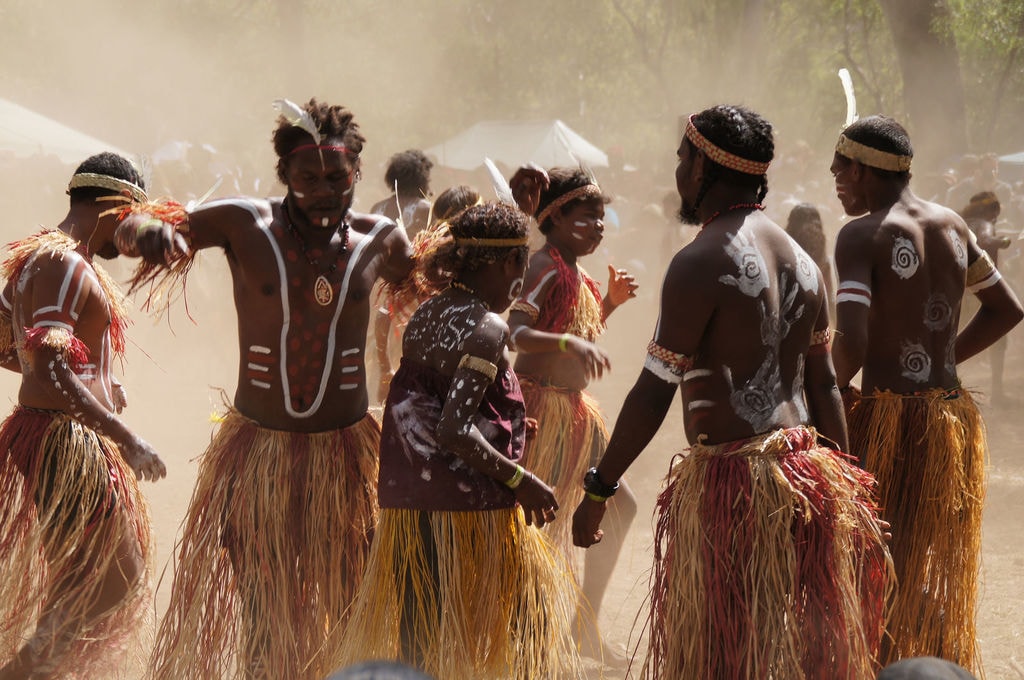A Journey Through Time: Understanding the Traditional Aboriginal Diet
A Journey Through Time: Understanding the Traditional Aboriginal Diet

For millennia, Indigenous Australians have thrived on a diet deeply connected to their land and its bounty. This traditional diet, a testament to their profound understanding of nature, is far more than just sustenance; it’s a cultural tapestry woven with knowledge, respect, and sustainability. As we navigate a world grappling with the complexities of modern nutrition, the wisdom embedded within the traditional Aboriginal diet offers valuable insights and a path towards healthier living.
Beyond the Bush Tucker: A Tapestry of Diversity
Related Articles: A Journey Through Time: Understanding the Traditional Aboriginal Diet
- Do Native Bees Have Stingers? Unraveling The Buzzworthy Truth
- Unveiling The Power Of Aboriginal Animal Symbols: A Journey Into Indigenous Spirituality And Connection To Nature
- A Taste Of Tradition: Exploring Culinary Expressions And Indigenous Tribes In Australia
- The Chicken Klinstrument: A Unique Musical Instrument Taking Australia By Storm
- The Canvas Of Creation: How Aboriginal Art Reflects The Dreaming
The term "bush tucker" often conjures images of exotic fruits and insects, but the reality of the traditional Aboriginal diet is far richer and more nuanced. The diversity of food sources, adapted to the unique ecosystems across the vast Australian continent, reflects the ingenuity and resilience of Indigenous Australians.
A Land of Abundance: The Foundations of a Sustainable Diet
The traditional Aboriginal diet is built upon a foundation of sustainable practices, deeply intertwined with the land and its cycles. Hunting, gathering, and fishing were not merely acts of sustenance but rituals of respect, ensuring the ongoing health of the ecosystem.
The Pillars of the Diet: A Rich and Diverse Palette
The traditional Aboriginal diet is a vibrant tapestry of diverse food sources, each offering unique nutritional benefits:
- Native Plants: A cornucopia of edible plants, ranging from vibrant berries and fruits like the quandong and the native peach to leafy greens like warrigal greens and roots like yams and lilies, provided essential vitamins, minerals, and antioxidants.
- Meat and Seafood: Kangaroo, emu, and possum provided lean protein and vital nutrients. Fish, shellfish, and freshwater crustaceans were a significant source of omega-3 fatty acids and other essential nutrients.
- Insects: While often considered unconventional, insects like witchetty grubs and bogong moths provided a rich source of protein and fats.
- Seeds and Nuts: Seeds like wattle seeds and nuts like macadamia provided healthy fats, protein, and fiber.

Beyond Sustenance: The Holistic Benefits of the Traditional Aboriginal Diet
The traditional Aboriginal diet wasn’t merely about filling stomachs; it was a way of life, woven into the fabric of their culture and spirituality.

- Sustainable Practices: The emphasis on hunting and gathering with respect for the land ensured a sustainable food source for generations.
- Nutritional Abundance: The diverse food sources provided a wide array of vitamins, minerals, antioxidants, and essential fatty acids, contributing to optimal health and well-being.
- Connection to the Land: The deep connection to the land fostered a profound understanding of the environment and its resources, leading to a symbiotic relationship with nature.
- Cultural Identity: Food played a central role in Aboriginal culture, shaping rituals, ceremonies, and social interactions.

The Modern Landscape: Challenges and Opportunities
The arrival of European settlers brought significant changes to the traditional Aboriginal diet. Introduced foods, sedentary lifestyles, and disruptions to traditional land management practices have impacted the health and well-being of Indigenous Australians.
- Dietary Shift: The adoption of processed foods, high in sugar, salt, and unhealthy fats, has led to an increase in chronic diseases like diabetes, heart disease, and obesity.
- Loss of Traditional Knowledge: The displacement and disruption of traditional land management practices have led to a decline in the knowledge and skills needed to sustain a traditional diet.
Reviving the Legacy: The Importance of Traditional Food Systems
There is a growing movement to revive and reclaim the traditional Aboriginal diet, recognizing its importance for health, culture, and sustainability.
- Community Gardens: Indigenous communities are establishing community gardens to cultivate native plants and reconnect with traditional food sources.
- Bush Tucker Education: Programs are being developed to educate younger generations about the traditional Aboriginal diet and its benefits.
- Research and Development: Research is being conducted to explore the nutritional and medicinal properties of native foods.
The Road Ahead: A Call for Collaboration and Understanding
The revival of the traditional Aboriginal diet is a journey of rediscovery, resilience, and respect. It’s a call to recognize the wisdom embedded within Indigenous knowledge and to embrace the potential of traditional food systems for the health and well-being of all Australians.
FAQ: The Traditional Aboriginal Diet
Q: What are some examples of native plants commonly consumed in the traditional Aboriginal diet?
A: Some common examples include quandong, native peach, warrigal greens, yams, lilies, wattleseed, and macadamia nuts.
Q: How did the traditional Aboriginal diet contribute to the health and well-being of Indigenous Australians?
A: The diverse range of food sources provided a wide array of vitamins, minerals, antioxidants, and essential fatty acids, contributing to optimal health and well-being.
Q: What are some of the challenges faced by Indigenous Australians in accessing and maintaining a traditional diet in the modern world?
A: Challenges include the availability of processed foods, the loss of traditional knowledge, and disruptions to traditional land management practices.
Q: What are some initiatives being undertaken to revive the traditional Aboriginal diet?
A: Initiatives include the establishment of community gardens, education programs, and research into the nutritional properties of native foods.
Q: How can non-Indigenous Australians support the revival of the traditional Aboriginal diet?
A: Support can be shown through education, advocacy, and by choosing to consume native foods whenever possible.
Conclusion:
The traditional Aboriginal diet is a testament to the ingenuity and resilience of Indigenous Australians. It’s a reminder of the deep connection between food, culture, and the land, and a valuable resource for promoting health, sustainability, and cultural understanding in the modern world. As we move forward, let us embrace the wisdom of the past and work together to ensure that the legacy of the traditional Aboriginal diet thrives for generations to come.

Closure
Thus, we hope this article has provided valuable insights into A Journey Through Time: Understanding the Traditional Aboriginal Diet. We thank you for taking the time to read this article. See you in our next article!


